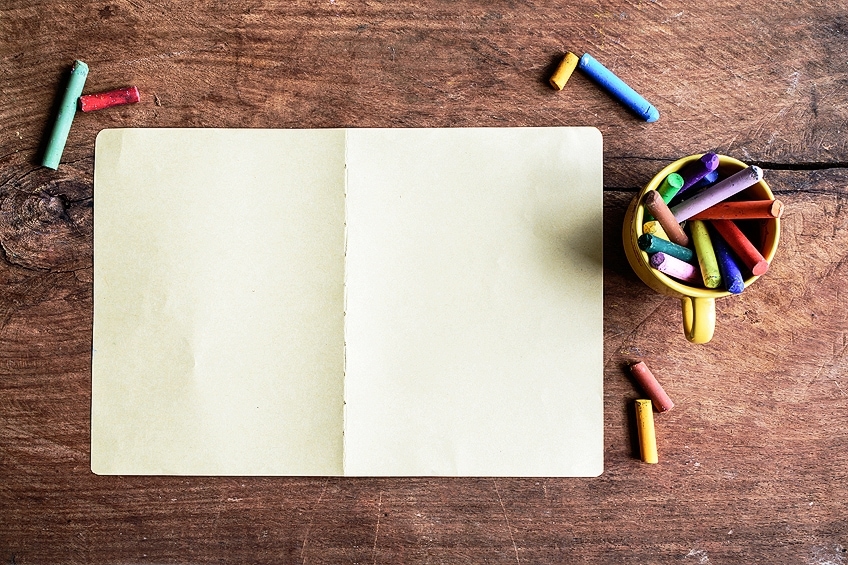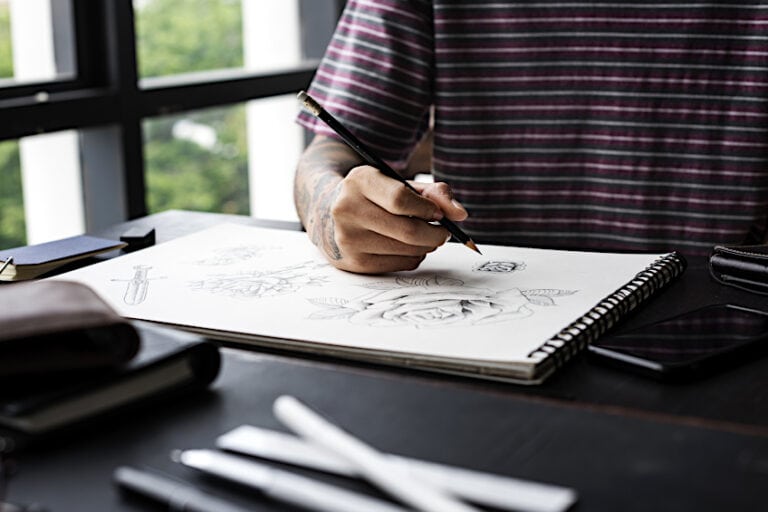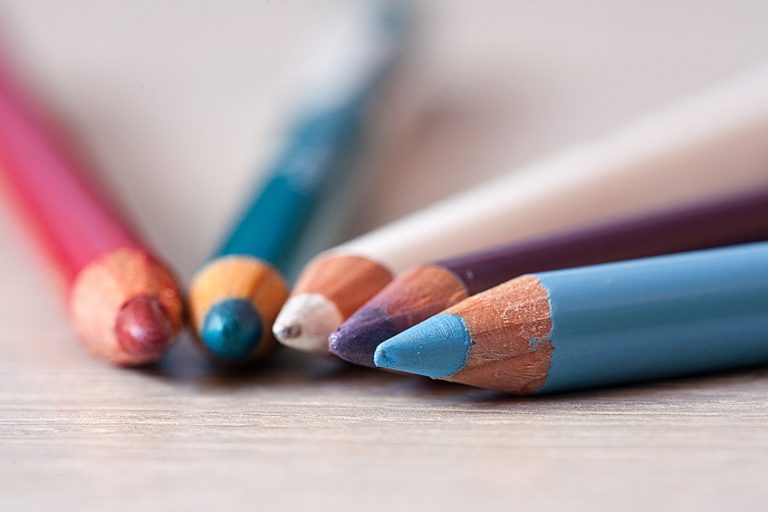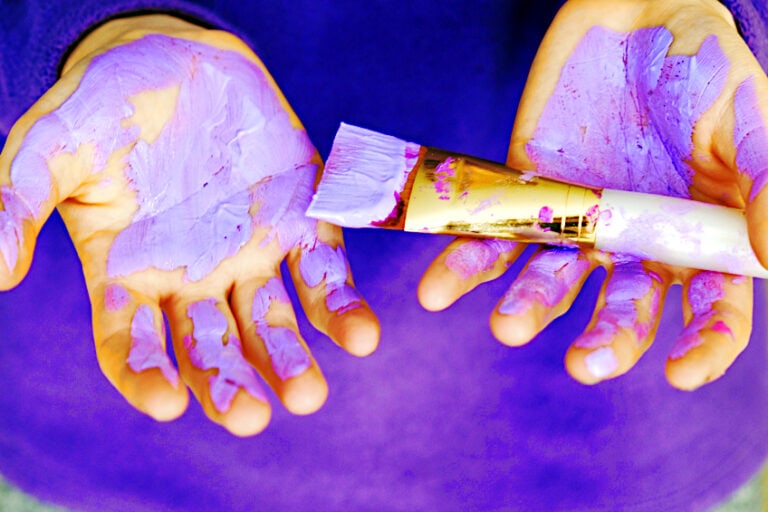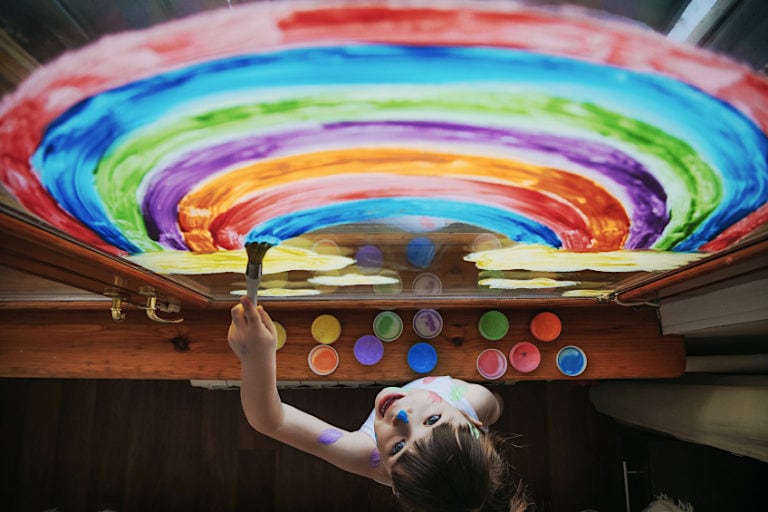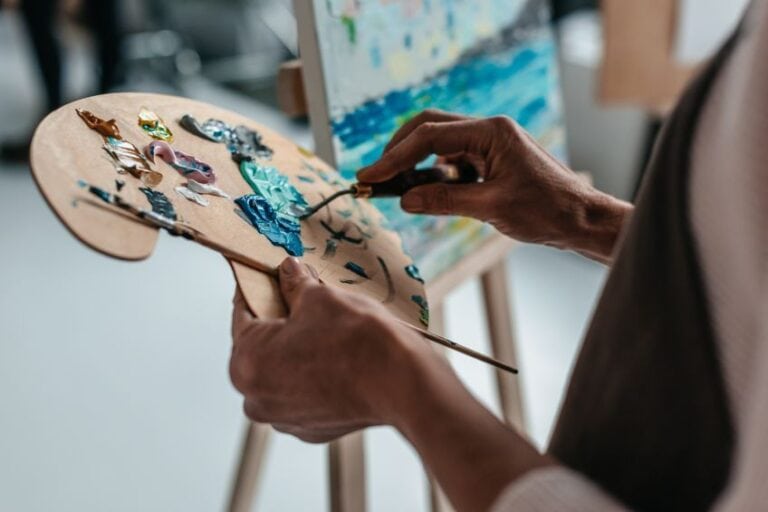Best Paper for Pastels – Which Paper Types do Work?
This post may contain affiliate links. We may earn a small commission from purchases made through them, at no additional cost to you.
One of the most common questions when working with pastels is about the best paper for pastels. With so many options, the choice can be overwhelming. In order to make things a little easier, we will be exploring different surfaces for your pastel art as well as which pastel mediums work best with what project surface. In this article, we will also highlight the best paper for pastels product recommendations.
Table of Contents
Different Pastel Surfaces
You can use pastels on a variety of surfaces, all of which will result in a different finished effect. The most common surfaces with which to use pastels are pastel paper, canvas, and pastel board.
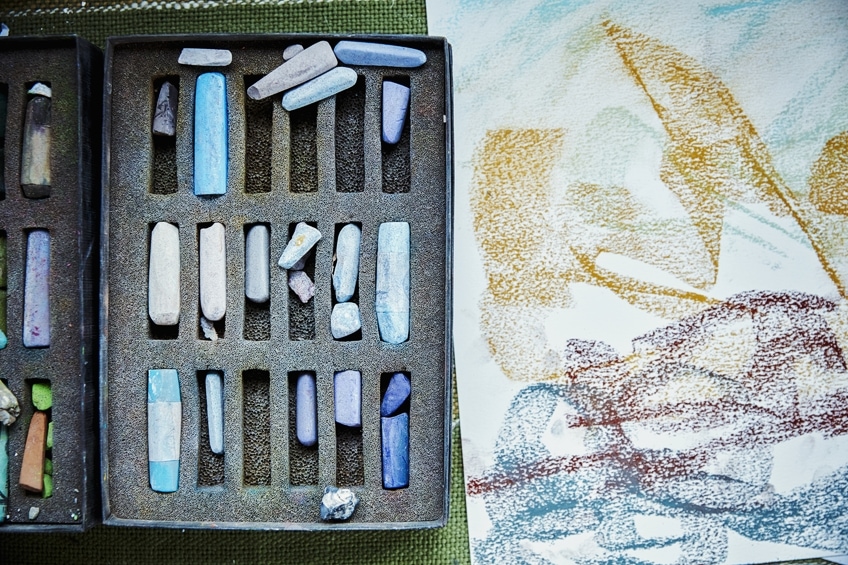
Pastel Paper
The best paper for pastels is the thicker, textured specialty pastel paper. These texturized sheets are made with a slightly irregular textures pressed into them during the manufacture process. This is also called Ingres paper, which is easily available and comes in a wide range of colors and tones so that you can pick the colors specific to your needs.
Pastel paper is available either in single sheets or in pad form, so you can decide how much you need. Most of these paper varieties have been treated to give them added texture so your designs will look amazing and last for a long time.
Any pastel artist will tell you that aside from knowing about pastel texture, the most important consideration when selecting paper for pastels is the ‘tooth’ and texture of the paper surface. The tooth of your paper describes any surface marks and slightly raised bumps that you can feel and see on rougher surfaces. A good example would be to look at your usual white A4 paper, where you will notice that it has little to no tooth at all.
The reason that this is so important to the outcome and quality of your work is because pastels have particles that rely on the use of the texture and tooth in order to literally grip onto the surface, or else they just will not stick.
Pastels on Canvas
Not all canvas is equal; some have been primed beforehand, and others work best with certain mediums. One such canvas is that of the pastel canvas. This is made specifically for using pastels on canvas and has a surface prepped with grit, similar to that of pastel paper. This canvas allows you to work with minimal to no fixatives, which prevents your work from appearing dull or fading.
So, if you do not want to add a fixative, it is advisable to use separators when storing your art in order to prevent smudging and other damage. These are not available everywhere, however, and you may have a hard time locating them. If this is the case, we have a solution! You can use normal unprimed canvas as is. Alternatively, you can even prime it yourself using Golden Pastel Ground, which will add the tooth you need for your pastel particles to grip properly.
Pastel Board
Another option when wanting to produce larger scale or more professional-looking pieces would be to use pastel board. Masonite or even clay are used as a base for mounting pastel paper or sometimes watercolor paper designs. They are then treated and sprayed with fine particles of grit to add to the tooth and texture of surface. Using pastel boards would obviously be a more expensive route than paper when just starting out, but it would be a great way to display your beautiful creations when you have the extra money to spend.
Now that we have narrowed down some surface options, let us take a look at the best paper for pastels recommendations.
Our Recommendations for the Best Paper for Pastels
There are many different paper products for pastels on the market these days, and although the variety offers a world of possibility in terms of what you can create, it also means that it can be difficult to find the right product for your needs. We have selected some of the best paper for pastels to help you with your decision.
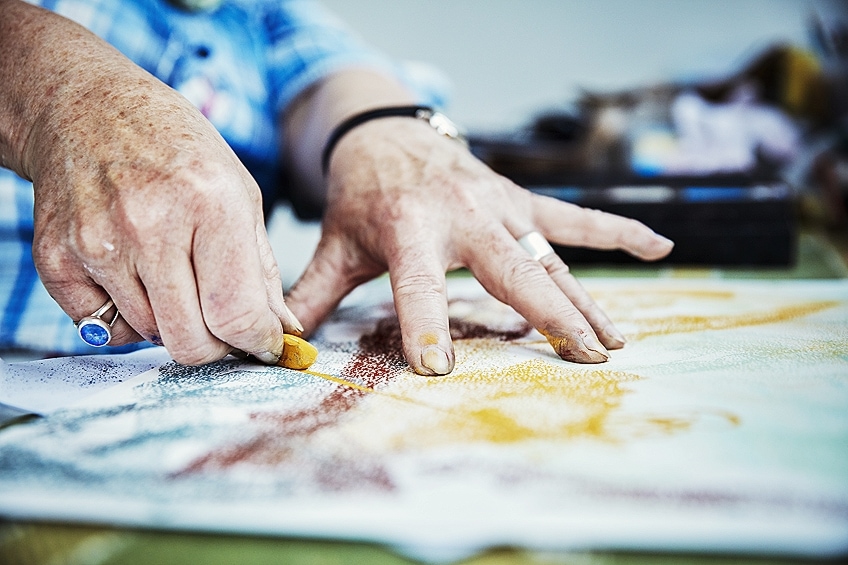
Best Paper for Pastels: CANSON Drawing Mi-Teintes Paper Pad
Canson artist pads have a worldwide reputation for being one of the highest quality and best pastel papers around. These sheets are made up of 50% cotton and gelatin, which makes them resistant to fading. They have a dual-sided texture, which means that one side has a heavy texture and the other has a lighter texture – which side you use will depend on your preference as an artist and the medium you are using at the time. This composition allows for a softer colour and easier finger blending work.
These pastel paper pads contain 24 sheets each of acid-free paper, which makes them ideal for a few different mediums including pastels, pencils, charcoal, chalk, watercolor, and oil paint. They also come in different color pads, namely black, earth tones, greys, whites, and assorted colors. This product is economical and readily available either online or in your local art shop.
- 50% cotton gelatin-sized papers
- Dual-surfaced
- Light-fast paper that is colored at the pulp level
Pros
- High quality
- Fade-resistant
- Easy to use
- Versatile with different mediums and projects
- Cost effective
- Great colors
Cons
- Colored pads are pricier than the plain black option
Best Paper for Soft Pastels: STRATHMORE 400 Series Pastel Pad
Strathmore’s pastel papers are acid-free and made with a textured finish and more natural, earth-toned colors. Because of the quality and texture, it is known as the best paper for soft pastel users and pastel beginners. This pastel pad from Strathmore is made for the use of harder mediums like graphite or colored pencils, charcoal, sketching sticks, soft pastels, oil pastels, and some paints.
As the paper is quite thin compared to some other brands, using something like oil or watercolor would leave a residue and seep through the paper, causing your paper to morph and tear. These come in a highly affordable, easy-to-use “flip-file” binder so that you can take your designs with you.
- Heavy-weight and acid-free paper is the best quality for artists
- Sheets have a textured finish with six assorted tints in each pad
- Ideal for grabbing pigment and aids in blending
Pros
- Best paper for soft pastels
- Available everywhere
- Can be used with other mediums
- Thicker than sketch paper texture (but still works for sketch artistry)
Cons
- Thinner paper may tear with heavy mediums
- Not many color options
Pastel Paper Explained
Now we know what papers work best for pastels. But, did you know that just like pastel textures, there are different paper textures to look out for too? These can also affect the quality of your designs and be affected by the medium you choose to work with. As we have seen from the product recommendations, papers come with various textures and grit factors, and knowing which to work with will make starting your projects a lot easier. Let us take a look at some different paper textures that are available.
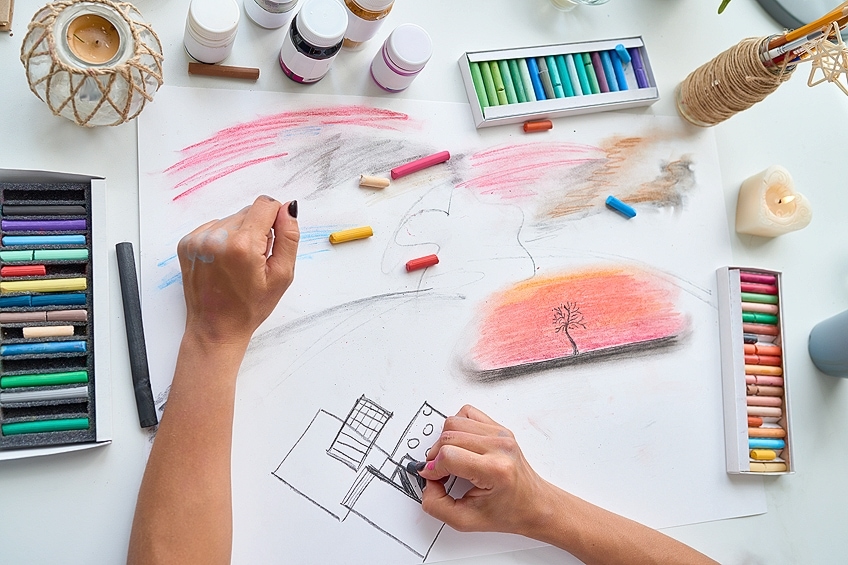
Ingres or Laid Paper
These papers are distinguished by their distinct embossing details on the surface. When working with this paper you will notice the feel and texture is quite different to normal paper. Most of the pastel papers available are versions of Ingres paper and are quite an affordable option to look for.
The upside is that these sheets are easy to work with as their textures are not too deep, so you can add fewer layers and blend more easily for a smooth finish. These laid papers usually have a noticeably more uniform pattern to them and larger gaps between each pattern, which means you would need to work a bit harder to cover your background and prevent it from showing through your artwork.
Honeycomb or Dimpled Paper
This style of pastel paper is very similar to the previous one in that it also has a slight texture seen on the surface. This paper’s pattern, however, is what sets the two apart, as it is defined as a honeycombed or more pitted shape. The honeycomb paper is pricier than the Ingres or laid designs, but still an affordable option for those who want to try it. Much like the Ingres, the honeycomb paper is not suited to lots of layers, but is relatively easy to use for blending work.
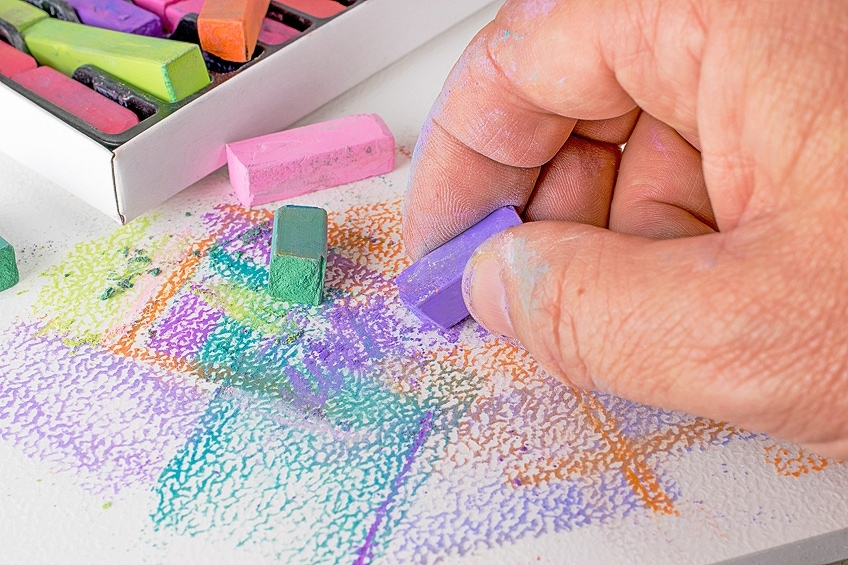
Paper with Grit
Sandpaper is what comes to mind when we think of these gritty sheets. The bonus with this material is their great grip on the pastel, which allows you to layer quite heavily and use thicker or even wet mediums. For beginners, it may take some time to get used to this material, as it is harder to produce finer lines or more accurate details in the beginning. But blending is very easy to do and these sheets are sturdier than most papers.
Velour Surfaces
Velour options are also big in the pastel art space. These have a velvety, material-like feel to them and work well for soft pastels and mediums. Because it is a fabric, a fixative spray would need to be used to best preserve your artwork. These sheets can be expensive, so it is best to start on your paper options and work your way up to the boards and other materials.
With all this useful information, you are now ready to purchase the best pastel paper and get started on your pastel journey. Take your time exploring different paper mediums to get a feel for them and better explore what you are comfortable working with. Enjoy!
Frequently Asked Questions
What Is the Best Paper for Pastels?
Usually, the colored and textured specialty pastel papers are the best to use. These have a slightly raised texture pressed into the surface during the manufacturing process.
Can I Use Pastels on Canvas or Board?
Being such a versatile medium, pastels can be used on a variety of flat surfaces. Contrary to belief, they do not do well on smoother, non-textured surfaces such as a sketch paper texture, as they are quite a rough medium and can stick easily, causing your paper to rip. If using oil pastels, the concern of the oil staining or seeping through your paper is also not ideal. Hence, a thicker, textured paper is more commonly used when working with pastels for optimum results. Other options to try would be pastel canvas, pastel boards, and even sandpaper, as these contain a high grit factor.
What Is the Best Paper for Soft Pastels?
All pastels work well on a paper with a higher tooth or grip factor. This allows your medium to stick to the surface more effectively. These include thicker, texturized cardboards designed for pastel use specifically. Although one can also use other materials such as fabrics and canvas.
Larissa Meyer is a 32-year-old mother from Michigan and creative spirit since childhood. Her passion for painting and drawing has led her to an education as an illustrator and a career as a freelance graphic designer. She has a Bachelor of Fine Arts in Illustration and a degree in Graphic Design. Larissa is a talented artist who is able to master a wide range of styles and techniques to bring her artistic vision to life. Her greatest passion is currently fluid painting and epoxy resin art. Larissa’s love for art and her knowledge and experience in illustration make her the perfect Creative Director for our fluid-painting.com team. She is the creative head of our team and shares her passion and knowledge with our community through articles and tutorials.
As a mother of a 2-year-old daughter, Larissa also understands the importance of fostering creativity in early childhood. She uses her experience and knowledge to help other parents inspire their children and develop their artistic skills as well.
Learn more about Larissa Meyer and about us.

